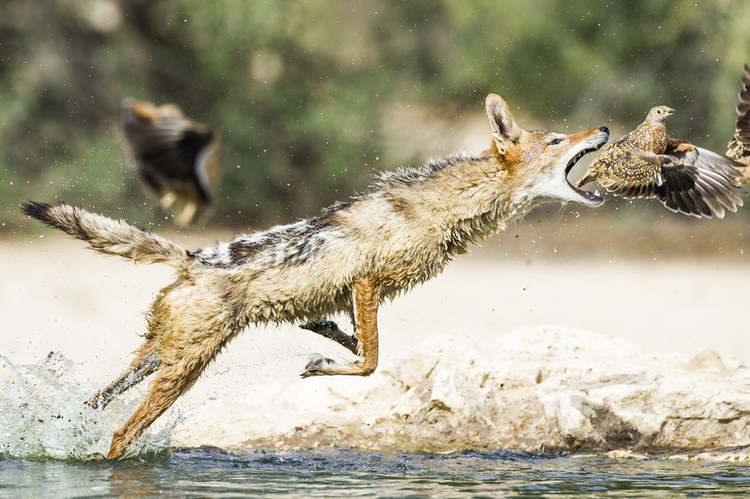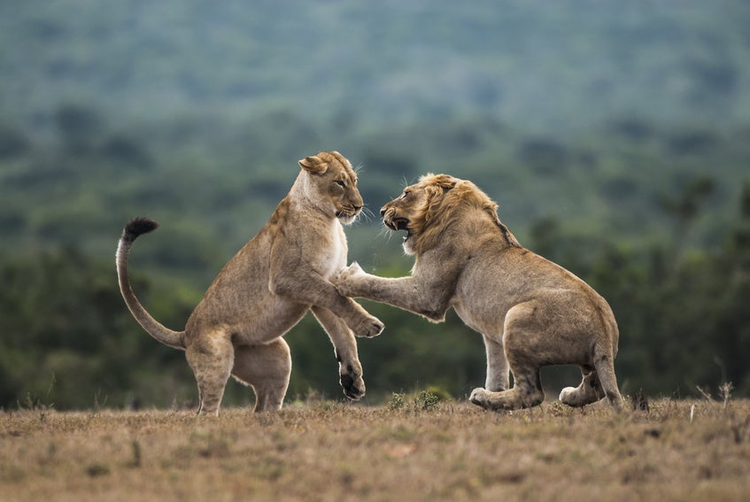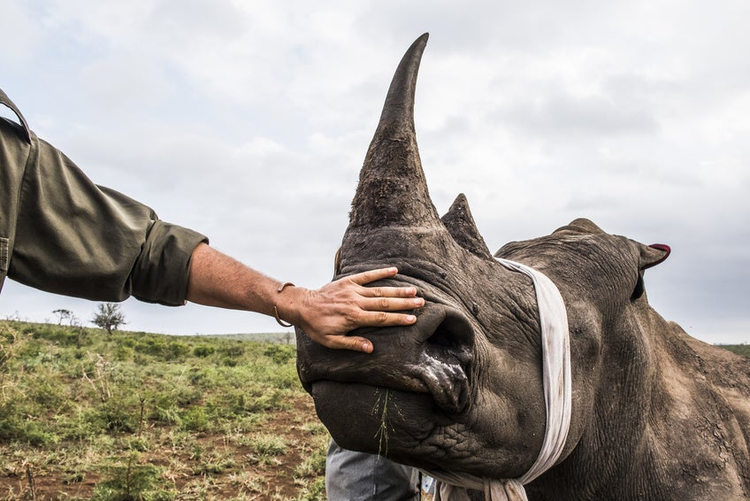“Some of my earliest and most precious memories are of sitting on the shoulders of my father as we tracked white rhino, Cape buffalo and Sable antelope herds in the Matopas National Park (in what is now Zimbabwe),” shares Peter Chadwick, award-winning conservation photographer and Adobe Stock Premium Contributor. By the time he was seven, Peter was determined to become a game ranger, and for the last thirty years, he has dedicated his life to photographing and protecting animals around the world.
Peter’s love for photography also comes from his father, who introduced him to the darkroom. His first camera was the classic Brownie, and Peter attributes his eye for photography to the manual elements of the film medium. “Those early days were critical in teaching me what was necessary to make a good photo in terms of composition and lighting,” he explains.
Peter’s conservation work has taken him across Africa and around the world, from the semi-deserts of Kgalagadi Transfrontier Park to the rugged Drakensberg Mountains. He has had incredible opportunities to observe animals and marine life up close, witnessing first hand the plight of these animals. African Grey Parrot populations have plunged 90%, largely due to illegal pet trade. Rhinos are being poached for their horns, which are now worth more than gold on the black market. Mining and logging are threatening lands that are home to hundreds of species of animals, birds and insects. “Our biggest challenge,” explains Peter, “is to convince and remind people that we are totally dependent on the health of the planet.”
Photography has been an invaluable tool for spreading this message. “Iconic images have the power to change the world by changing the perceptions and understanding of the viewer,” says Peter. Unlike the written word, photographs transcend the boundaries of language and can elicit emotional responses without any explanation.
In the digital age, we are inundated by images and content on every device and platform. Truly captivating photographs have the ability to cut through this clutter and engage with the viewer to create a meaningful moment.
“Through platforms like Adobe, we have the opportunity to give those images to a larger audience and effect change.” Peter hopes that conservation photographers can influence change the same way that war photographers have in the past, by raising public awareness and ultimately shaping government policies.
In recent years, Peter has shifted his focus to the work of rangers. He considers them the frontline and true heroes of the conservation movement, and strives to bring more attention to the threats and challenges the rangers face every day.
Many of us think of conservation as something that concerns wild animals in faraway lands and performed by people like the rangers in Peter’s images. At its core, conservation is much simpler and closer to home. Peter advises that even basic acts like recycling and conserving energy go a long way to help the earth, and encourages everyone to support their local wildlife society.
See more images from Peter on Adobe Stock and find out more about how photographs can make a difference through the International League of Conservation Photographers.





